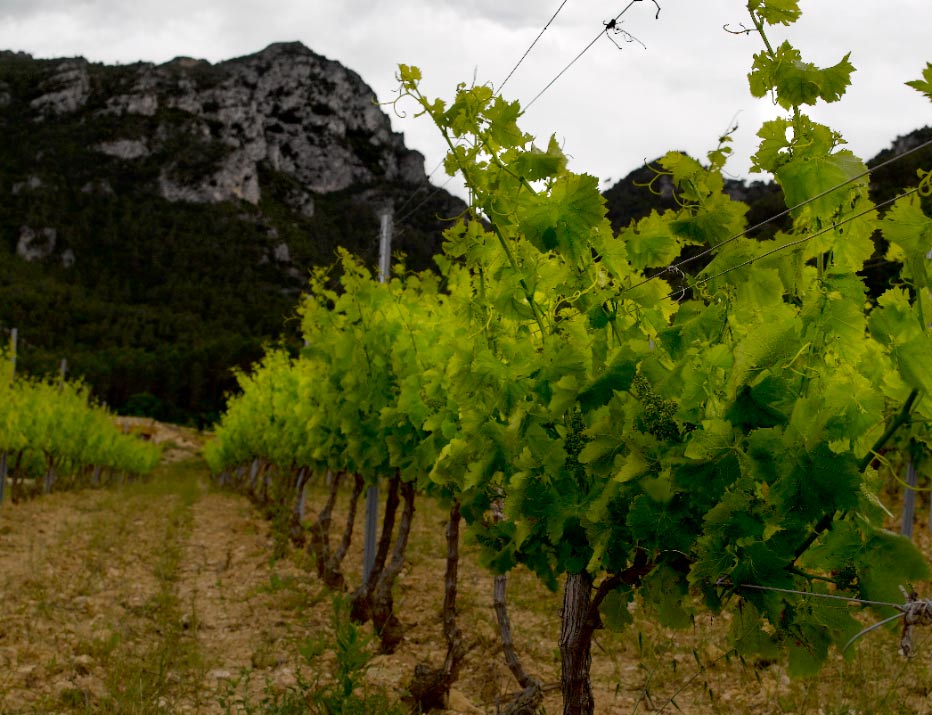.png.transform/rendition-xs/image_image%20(1).png)
A Deeper Look at Montsant, Priorat's "Younger Sibling"
Located in Catalonia, in the northeast of Spain, Montsant is an up-and-coming DO (denominación de origin) making a name for itself with approachable, fruity reds that offer great value. Picturesque and decidedly high altitude, it’s no surprise that the name of the region translates to “holy mountain”—with its vertiginous vineyards forming a C shape that hugs Montsant’s more well known neighbouring DO, Priorat.

So how does Montsant set itself apart from other big, bold Spanish reds?
A Rich History
Viticulture has thrived in Montsant for thousands of years; the area was first planted to the vine by the Romans, and then looked after by Catholic monks during the Middle Ages. In fact, famous Roman historian Pliny highlighted Montsant wines specifically and called them “some of the best in the Empire.” By the 1800s, Montsant’s wines began to garner praise at international competitions and have grown in popularity ever since. This boom in popularity was certainly aided by Montsant earning its own DO status in 2001, setting itself apart from the Tarragona appellation. Montsant currently has just under 5000 acres of vines and 45 wine producers.
Unique Typography
The Montsant vineyards tend to be interspersed between pine, almond, and olive trees, and average a lofty 1,180ft elevation above sea level (the highest vineyards can be found at up to 2,296ft). The soil in this region tends to be fertile and lush granite and sand —differing from Priorat’s famous llicorella (slate-like) soil that gives lower yields and ultra concentrated flavours. This gives Montsant wines softer tannins and a balanced fruity flavor.
Signature Flavors and Textures
Known for high quality reds made from Spain’s signature Garnacha, Carinena, and Ull de Llebre (Tempranillo) grape—and international varieties like Cabernet Sauvignon, Merlot, and Syrah—Montsant particularly prides itself on its old vines that create wines ideal for aging, and with complex velvet textures. With a high diurnal range (how much the temperature ranges during the day and night), wines from this region tend to have a fresh acidity and bright red fruit flavours. The Garnachas are especially good for chilling in the summer and serving with light seafood tapas or textured salads.
Not a red wine fan? There is also a small amount of white, rosé and dessert wines made from Chardonnay, Macabeo and Garnacha Blanca. And, interestingly, Montsant also makes some of Spain’s top Kosher wines.

